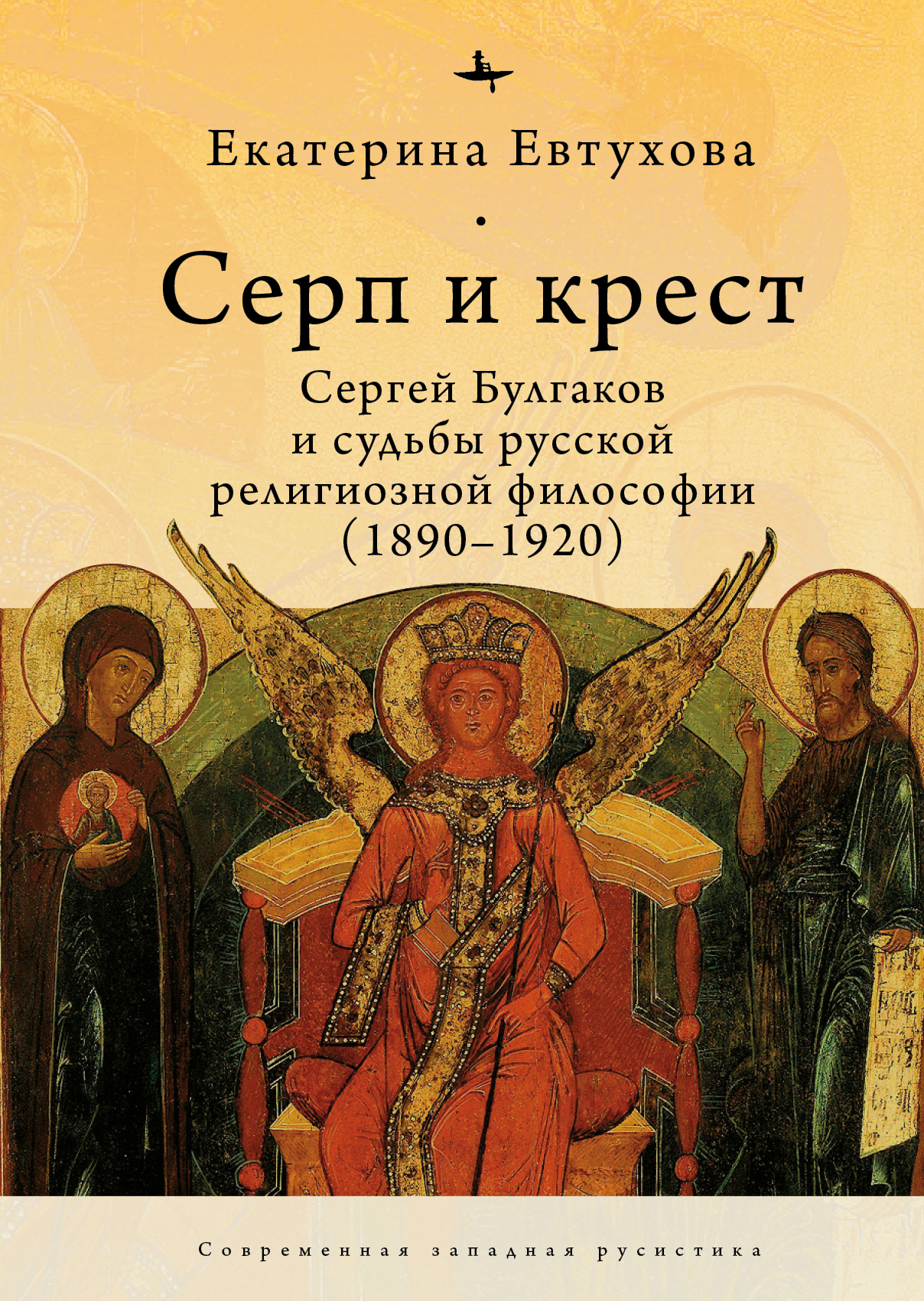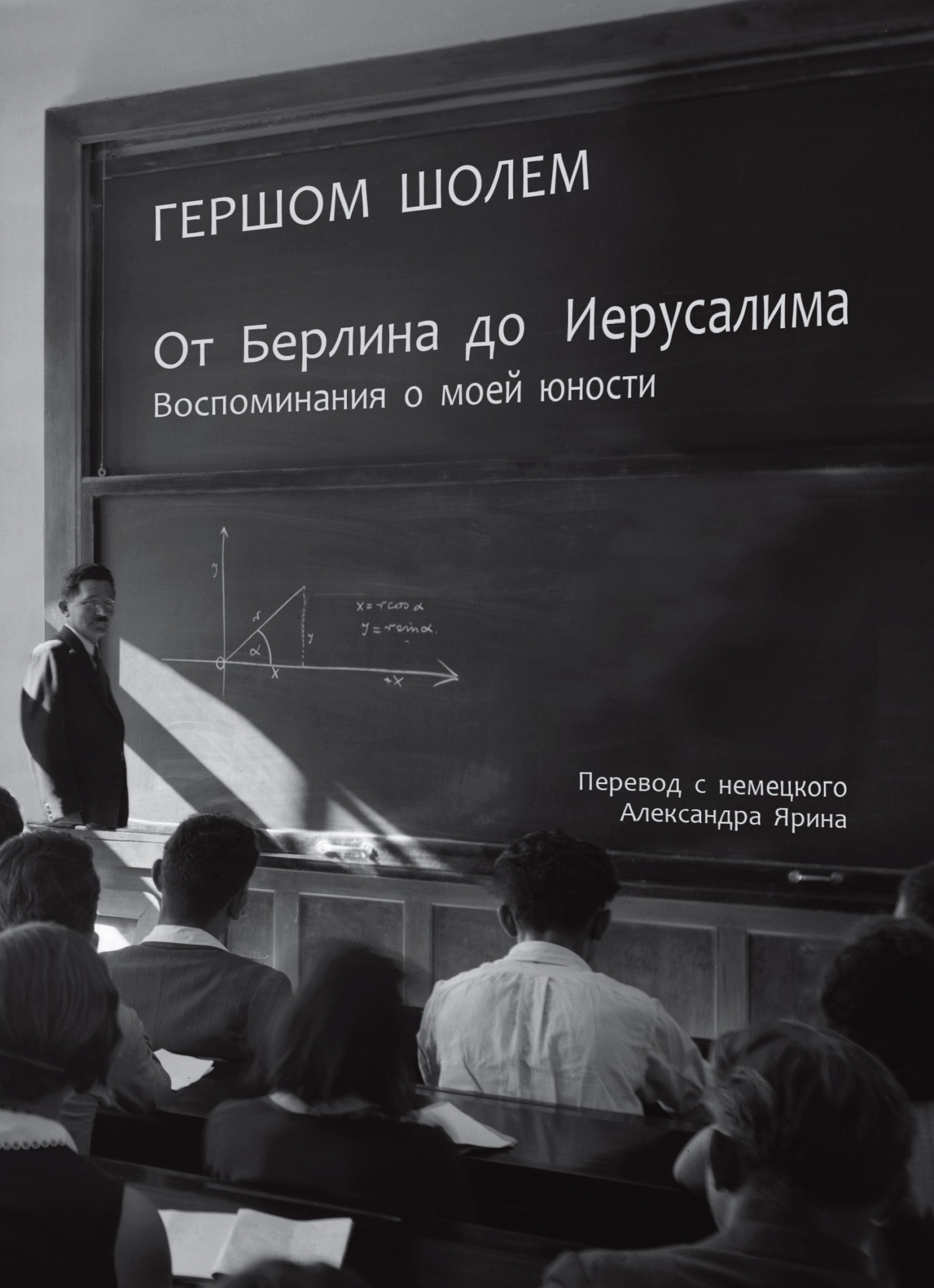Шрифт:
Закладка:
Вы хотите узнать больше о славянской и еврейской культуре, о том, как они взаимодействовали и развивались в разные исторические периоды? Тогда вам понравится книга «Профессионалы и маргиналы в славянской и еврейской культурной традиции» Коллектива авторов. Это сборник научных статей, посвященных социальной и культурной роли профессионалов и маргиналов в разных этноконфессиональных традициях. Авторы книги — ученые из России и Израиля, которые работают над международным проектом «Культура славян и культура евреев: диалог, сходства, различия».
Книга «Профессионалы и маргиналы в славянской и еврейской культурной традиции» — это не только глубокое и оригинальное исследование, но и интересное и познавательное чтение. Она полна полевых и архивных материалов, впервые вводимых в научный оборот. Она рассказывает о том, как профессионалы (печники, кузнецы, гончары, лекари, охотники, лесники, отходники, музыканты, пасечники) и социальные маргиналы (солдаты, заключенные, нищие, юродивые, сумасшедшие) находили свое место и роль в обществе, как они отражались в фольклоре, литературе и искусстве.
Вы можете читать книгу онлайн на сайте knizhkionline.com. Там вы найдете полный текст книги, а также иллюстрации, которые подчеркивают содержание и настроение произведения. Не упустите шанс познакомиться с уникальным взглядом на славянскую и еврейскую культуру вместе с Коллективом авторов!









